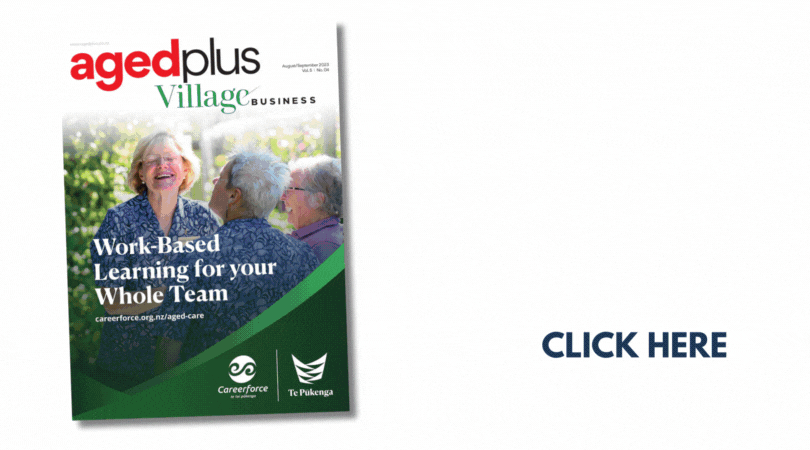Rostering is like doing a 90x90 Sudoku. It is massively time-consuming with so many complexities, trade-offs and often unpredictable demand drivers to consider on a daily basis. From weekly requirements to variable start and finish times, rotating versus fixed patterns, to aligning staff resources to the level of patient care required.
RosterLab is a service provider that delivers automated rostering solutions for healthcare using state-of-the-art artificial intelligence technology. With a comprehensive yet easy-to-use web application for roster creation linked to a mobile app, RosterLab can automate high-quality rosters in just minutes.
It is essential to have a good roster in healthcare as inadequate staffing coverage can be extremely costly to both the staff and residents.
“Bad rosters will lead to burnout, excess overtime, and resentment among the nurses and healthcare assistants, as some suffer from poor rostering more than others,” explained Daniel Ge, co-founder and Head of Customer Experience for RosterLab.
The underlying artificial intelligence of RosterLab comes from the optimisation and nurse rostering PhD research of one of its founders, doctoral engineer Isaac Cleland.
In 2020, Cleland, Ge and team member Sunny Feng entered the Velocity 100k Entrepreneurship Challenge at the University of Auckland with RosterLab and took out the spot for first place.
Later, with mentorship provided by the CIE (Centre for Innovation and Entrepreneurship), the RosterLab team decided to pursue using AI to create better rosters in a healthcare context.
“We had our pre-seed round led by the venture capital fund Matū last year, and since then, we have been building an app platform around our rostering AI,” said Ge.
There is a high turnover in aged care. Studies have shown that one of the leading causes of dissatisfaction is a lack of control over one’s own roster.
On top of that, the onset of COVID-19 has pushed numerous aged care staff to their breaking point. Suddenly, many staff are unavailable as managers run their staff in separate teams to minimise overlap and any risks of cross-contamination.
This has made the need for better rosters even more vital.
With Rosterlab’s revolutionary technology, aged care managers will be able to model different options for extra time off and other ways to refresh their staff and will be able to visualise how that affects their staffing coverage.
“This is quite a complex idea to grasp, but even when understaffed, there can be small pockets of overstaffing in a roster,” explained Ge.
“There are many possible reasons for these overstaffed shifts, from something simple like bad rostering to more complex things, like union agreements combined with contractual obligations forcing some shifts to be given.”
Similarly, there can be understaffing on specific shifts or days for the same reasons.
“The overstaffed shifts have inefficiently used hours, and the understaffed shifts quite often will still need to be covered, which can come in the form of overtime or by getting a locum worker to come in.”
According to Ge, by reducing the quantity of these over and understaffed pockets, RosterLab assists aged care facilities to efficiently utilise the labour hours available and reducing the need for overtime and locums.
Currently, the New Zealand healthcare industry has a brain drain problem.
“We spend all this time and money training up people to become registered nurses, get the medical competencies, for them to then leave aged care to work for a DHB,” said Ge.
“There are those who are also leaving to move to Australia, often for more money but also because they aren’t happy with the healthcare sector here.”
The team at RosterLab is on a mission to make the lives of all aged care workers better and, in doing so, create better health outcomes for older New Zealanders across the nation.






